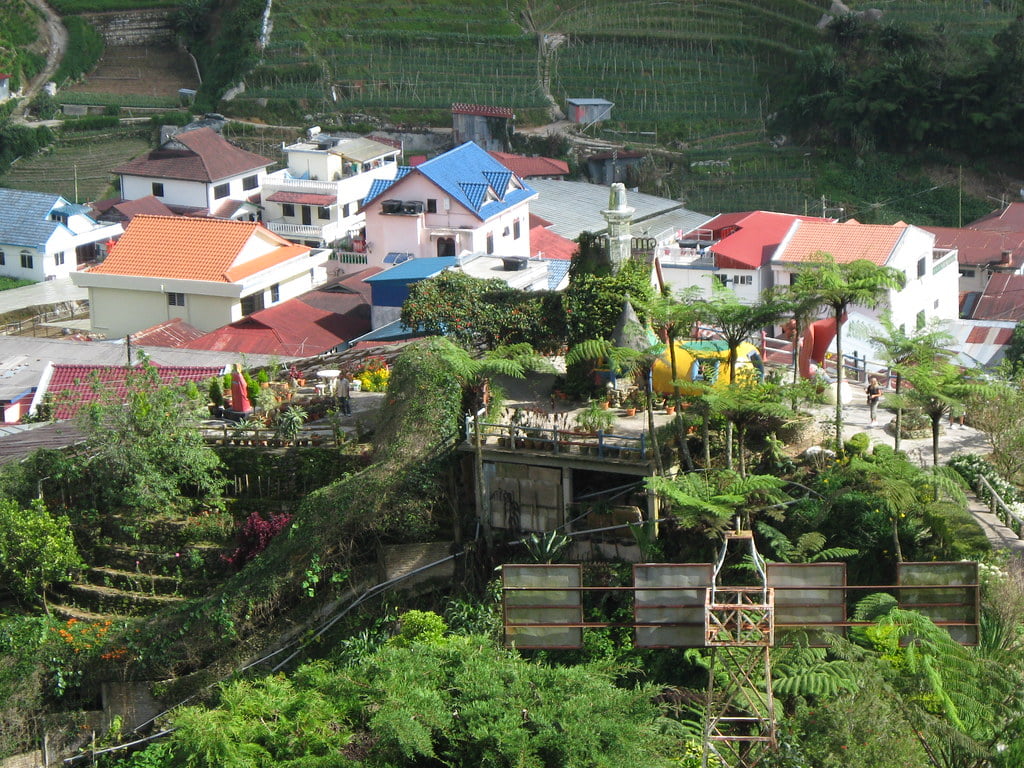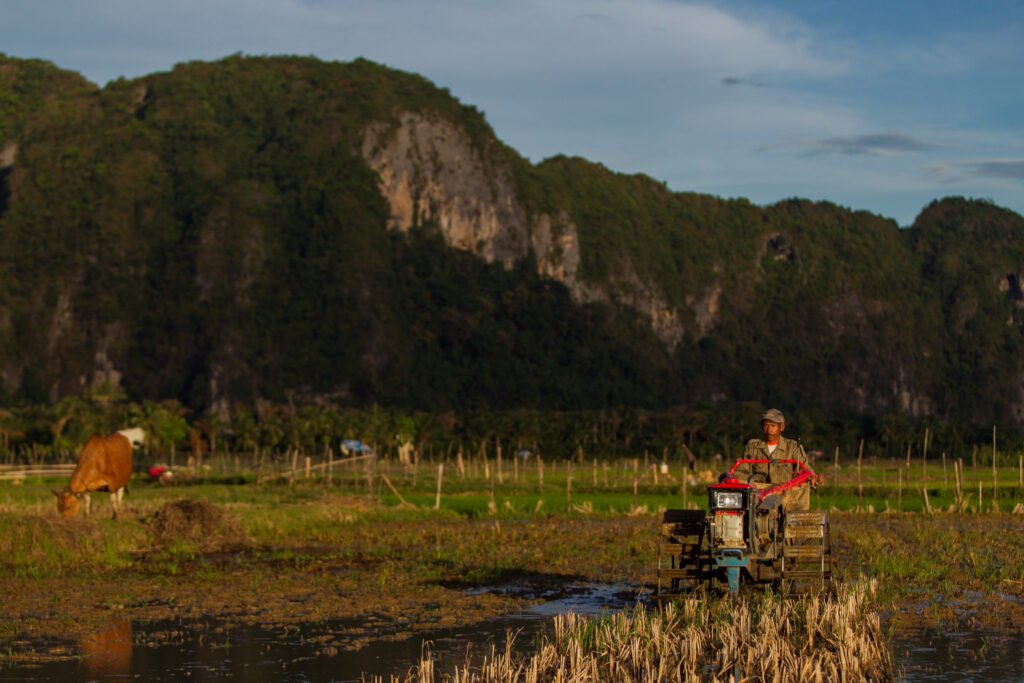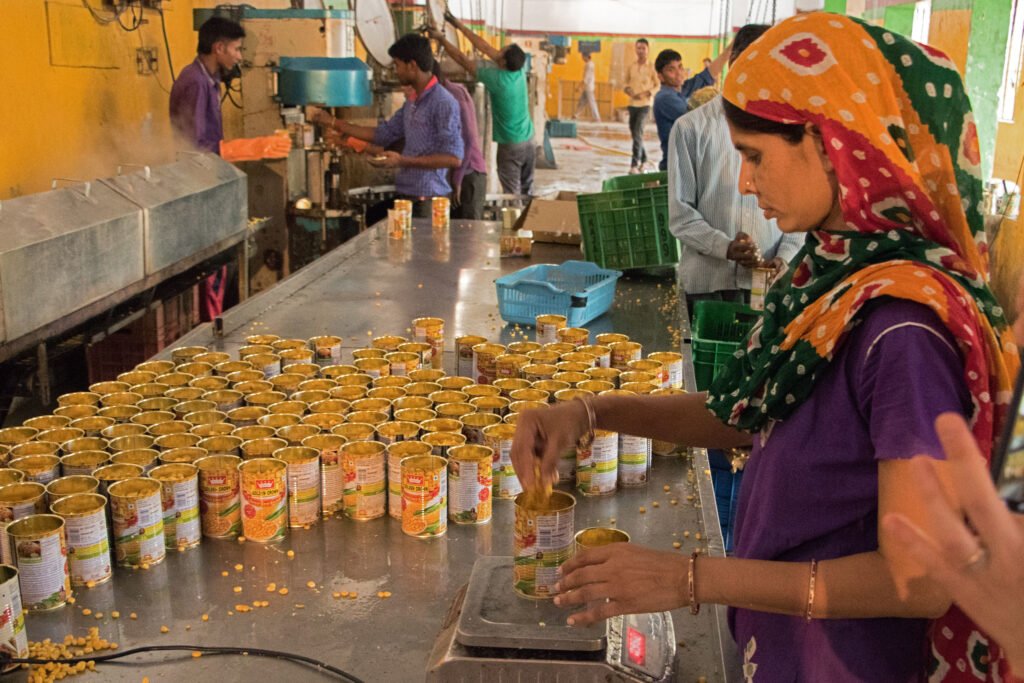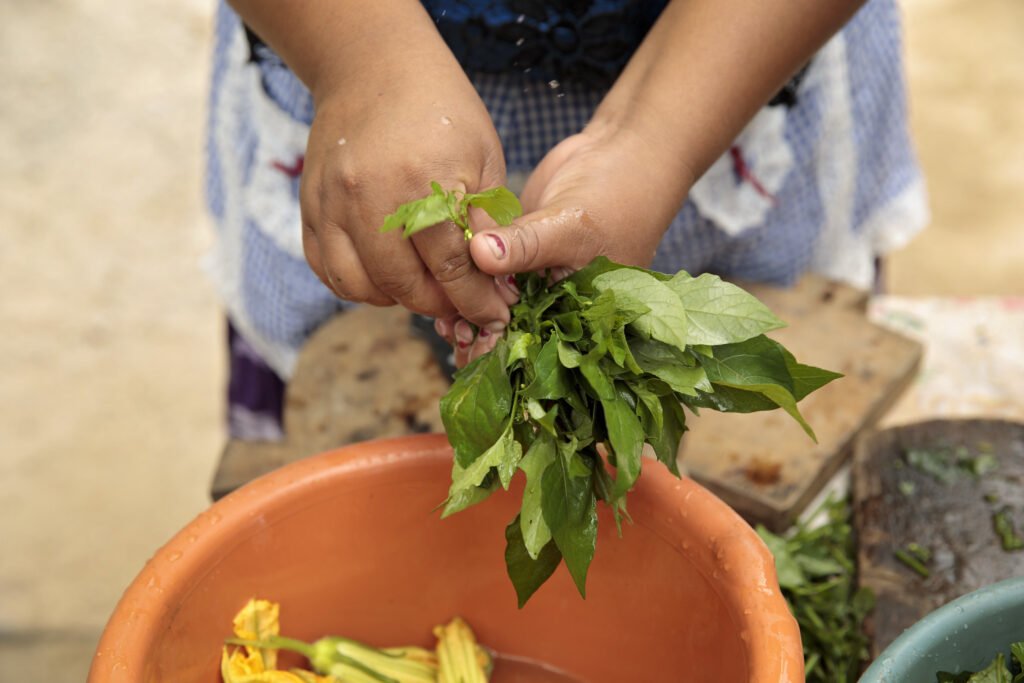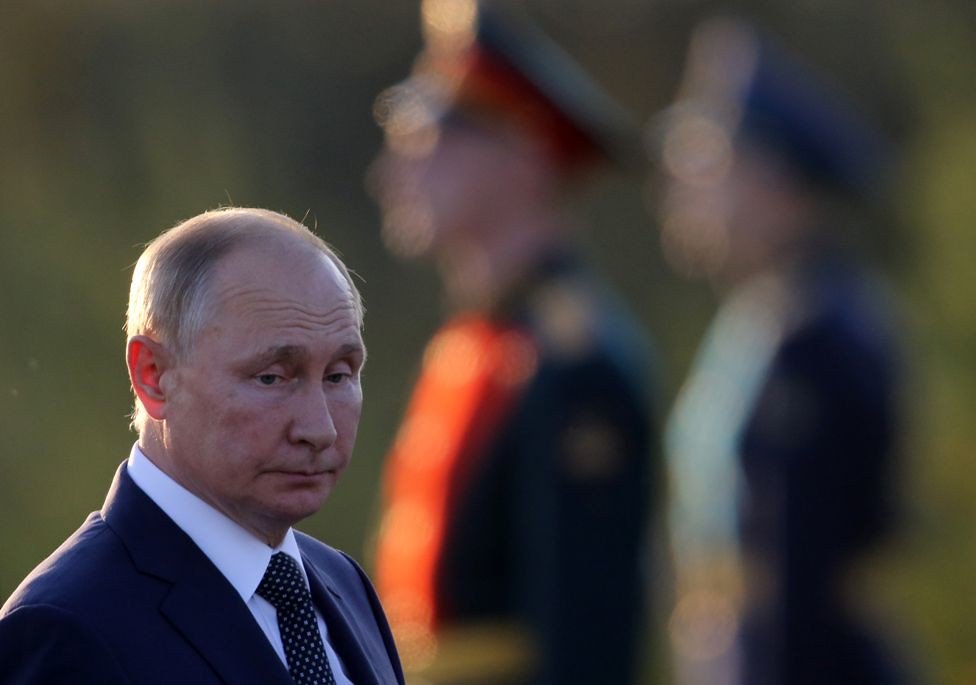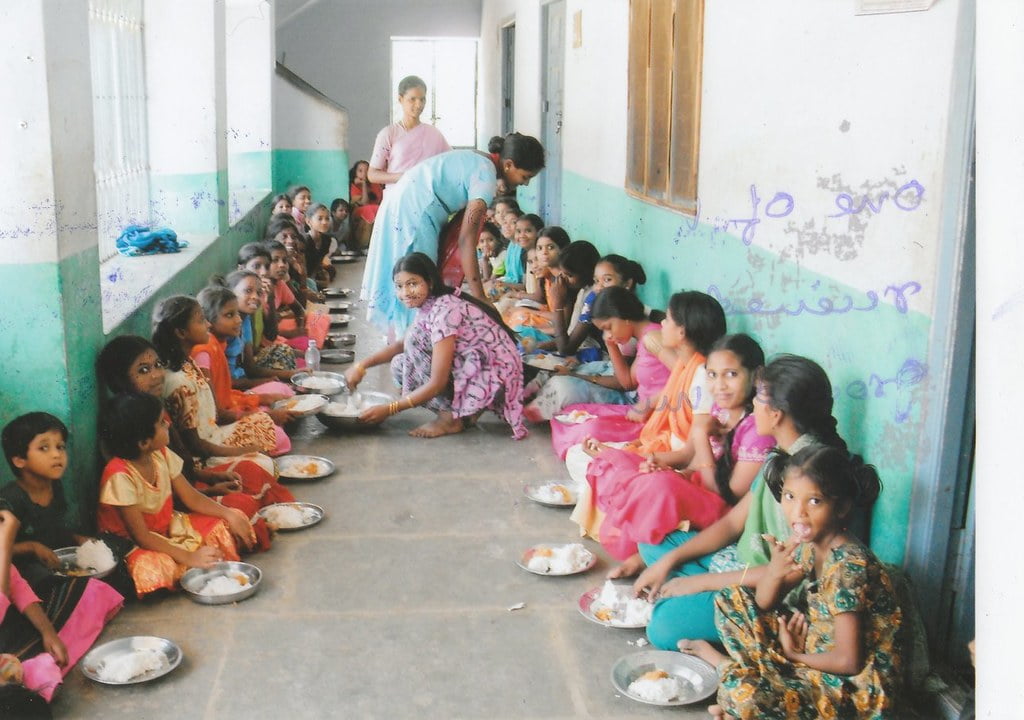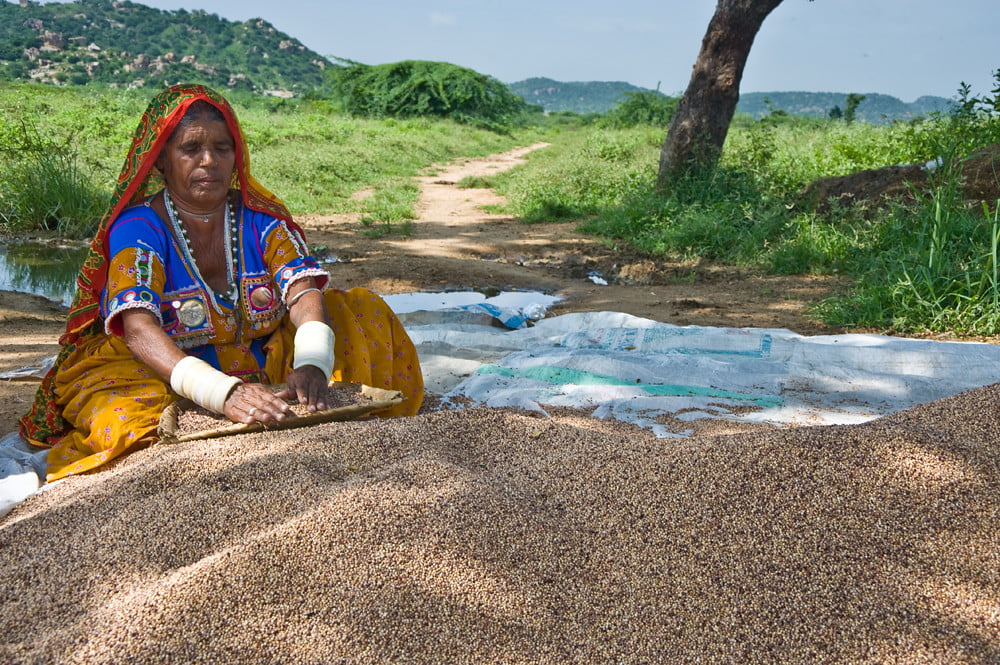We use cookies to improve your experience with Monash. For an optimal experience, we recommend you enable all cookies; alternatively, you can customise which cookies you’re happy for us to use. You may withdraw your consent at any time. To learn more, view our Website Terms and Conditions and Data Protection and Privacy Procedure.
Food in crisis
Published on April 4, 2022Food supply chains already in flux in the wake of COVID-19 are under new pressure from the Ukraine war with potentially dire consequences for global stability.
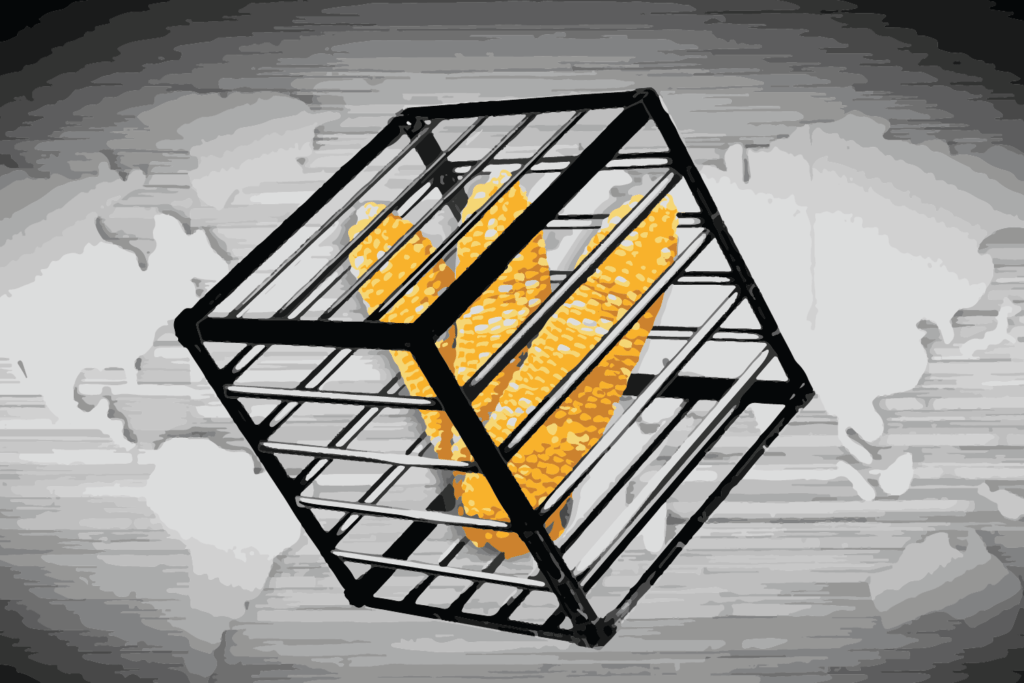 Banner Image : Michael Joiner, 360info
Banner Image : Michael Joiner, 360info
Food supply chains already in flux in the wake of COVID-19 are under new pressure from the Ukraine war with potentially dire consequences for global stability.
Wheat, barley and fertiliser prices are skyrocketing by up to 40 percent in the wake of the war in Ukraine and the heavy sanctions levied on Russia.
“This could cause an escalation of hunger and poverty with dire implications for global stability, says Gilbert F. Houngbo, President of the International Fund for Agricultural Development, a UN agency.
The conflict-driven price hikes come on top of food prices already driven to 10-year highs as a result of the COVID-19 pandemic. Pre-pandemic progress toward reducing hunger has been set back, an additional 100 million people going hungry in its wake.
REALITY CHECK
Access to adequate food is a human right recognised under international law, but in developing and developed economies, 768 million people faced hunger in 2020. Of these, 418 million live in Asia, 282 million live in Africa and 60 million live in Latin America and the Caribbean. Nearly one in three people in the world (2.37 billion) did not have access to adequate food in 2020.
In the last two years, the number of food insecure people more than doubled from 135 million to 283 million. Food insecurity ranges from people eating minimally adequate diets but having to make significant changes to support non-food needs, to famine where acute malnutrition and disease levels are high.
Around 660 million people may still face hunger in 2030, in part due to lasting effects of the COVID-19 pandemic on global food security – 30 million more people than if the pandemic had not occurred.
The majority (60 percent) of people affected by hunger live in conflict zones, with conflict the main driver in 8 out of 10 of the worst hunger crises.
The Russian Federation and Ukraine are responsible for 29 percent of the global wheat trade, and many countries including Indonesia, Bangladesh, Eritrea and Armenia are all highly dependent on wheat imports from these markets.
Some countries including Indonesia, Argentina, Egypt and Morocco have put in place trade restrictions to protect their own supplies of food in the wake of the war in Ukraine.
BIG IDEAS
Quote attributable to Stephen K. Wegren, Southern Methodist University:
“Since 2014 Russia has been a central player in the international food market, ranking first or second in wheat exports every year. The war in Ukraine will change its status as an emerging food superpower.”
Quote attributable to Jia-Qi Cheong, Senior Lecturer, University Malaysia Sabah:
“Mainstream urban farming methods now offer a well-structured set-up that requires minimum irrigation and zero pesticides. This allows mass implementation any time and anywhere.”
Quote attributable to Rebecca Lindberg, Post-Doctoral Research Fellow, Deakin University:
“Australia’s cafe culture, sourdough obsession and rise of organic food stores hide a harsh reality: some city-dwellers are being priced out of daily staples.”
PERSPECTIVES
War threatens food security in Russia and beyond
Stephen K. Wegren, Southern Methodist University
Its invasion of Ukraine has imperilled Russia’s plans for increased grain yields and higher-value exports.
Feeding Australians priced out of their own cities
Rebecca Lindberg, Deakin University
A growing group of social entrepreneurs are helping Australians doing it tough to move beyond food handouts.
Protecting the midday meal in India
Reetika Khera, Indian Institute of Technology
India’s school meals program is ubiquitous, helping deliver food to millions. It faces threats from multiple angles.
Urban farming taking root in Malaysia
Jia-Qi Cheong, University Malaysia Sabah
Almost 10 million Malaysians face food insecurity. Initiatives to support alternative food sources are taking root, but challenges remain.
Food for profit: India’s food giants consolidating power
Pritam Singh, Oxford Brookes Business School
Agribusiness corporations have been on the rise in India since the 1970s. Unless there is a change in government policy smaller farms face a bleak future.
The case for Indian food subsidies
H.S. Shergill, Panjab University and Varinder Sharma
Commercial food production anywhere in the world requires significant government subsidies. India is no exception.
Hunger in India likely to grow again
By Nandini Nayak, Ambedkar University Delhi
India’s food subsidy programs have the capacity to respond to increased demand. Thoughtful adjustment would reap large-scale benefits.
Farming smarter: tackling the decline in Indonesian farming
Suryo Wiyono – IPB University, Indonesia
Indonesia is in danger of losing most of its farmers within a generation. Government support and improved farming technology can arrest the trend.
Originally published under Creative Commons by 360info™.


